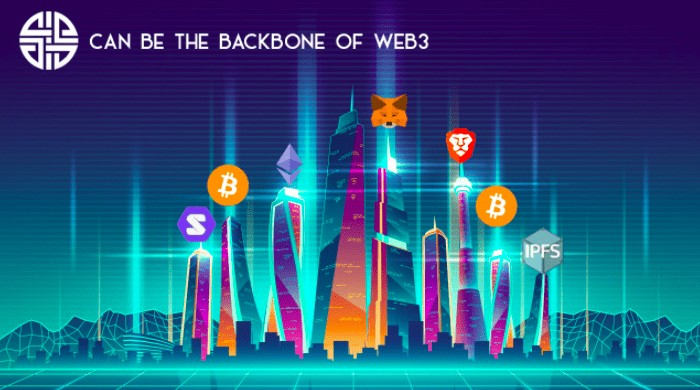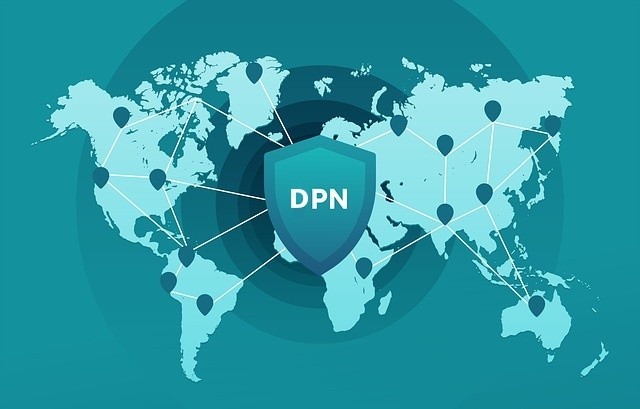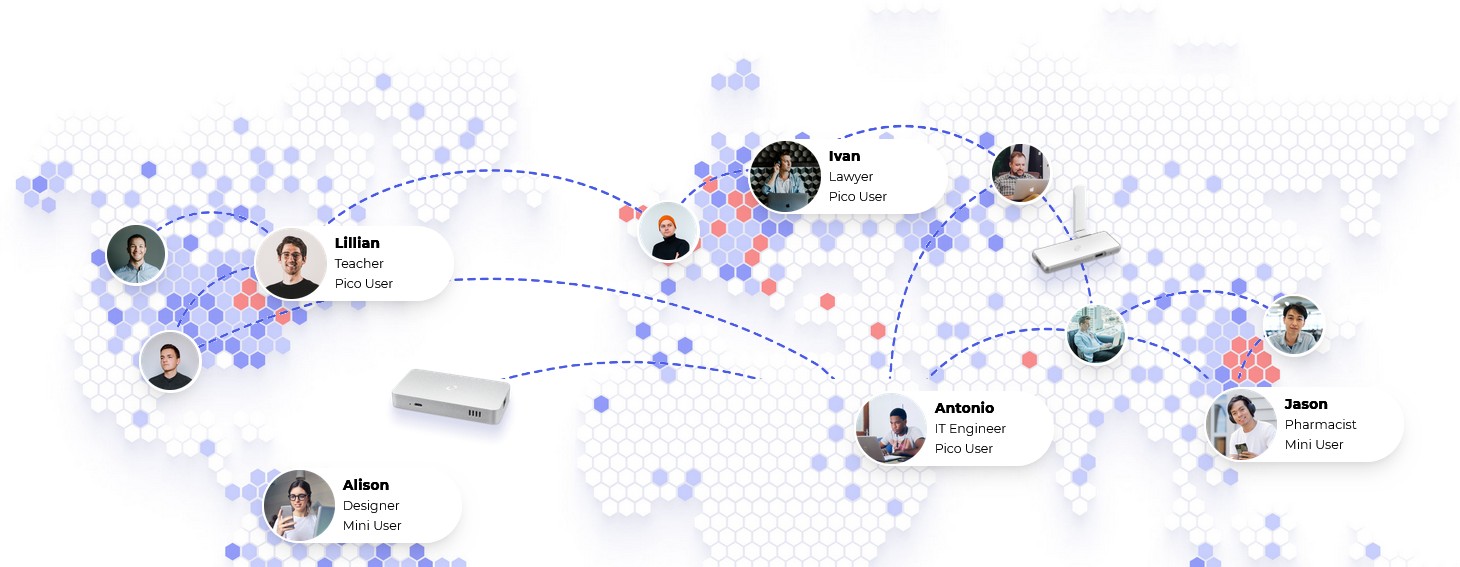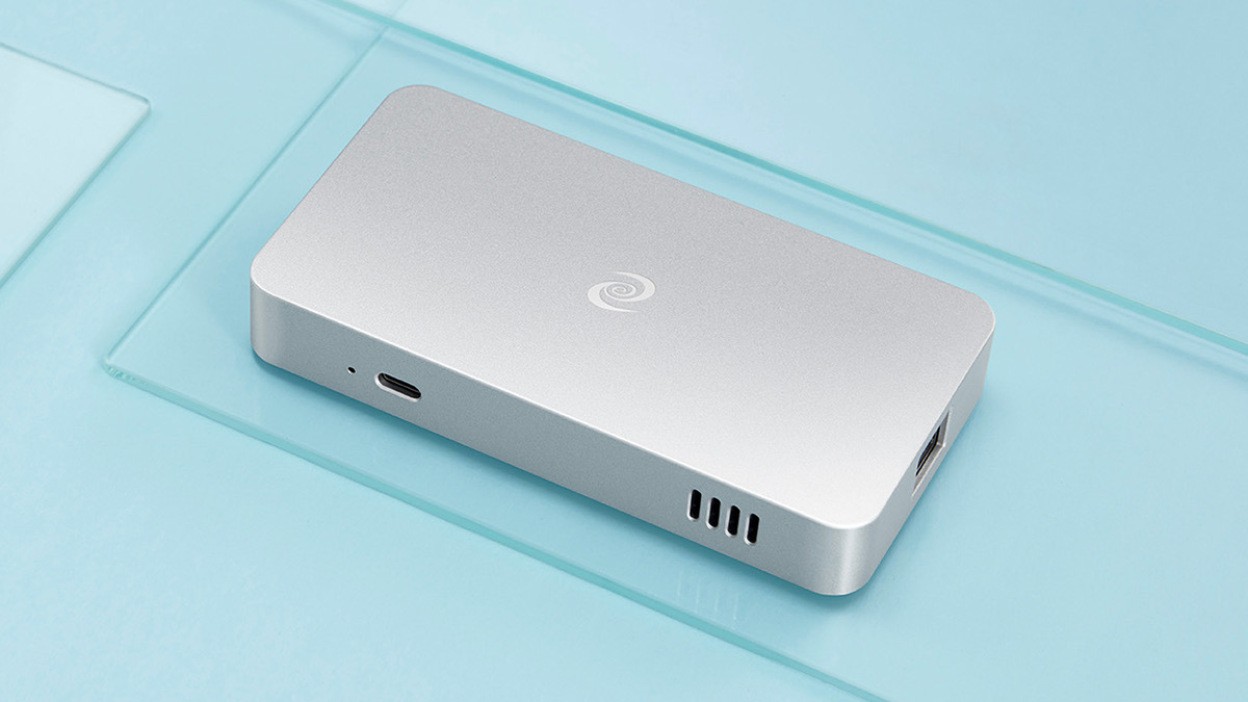In the deep abyss of the digital era, where information is relentlessly flowing and precisely connectivity breaks through the geographical boundary, Decentralized Private Networks (DPN) become a hope internally and in that way in innovation.
Realize the situation that the internet doesn't belong to big corporations, but rather functions with principles, such as transparency, security, and power by the people. Here typifies the goal of DPNs—a promise having significant revamping of the pattern of our networking digital space.
In the last years, problems of the disclosure of information violation of data safety, etc., and centralized control have been discussed sharply and made more people discontent with the present system.
From the very start, the Internet, that once seen as de-centralized and as a tool that would foster openness and collaboration, now has turned heads, and transformed into a centralized authority to a large extent, resulting in lots of problems that start with the blocking of access to information to surveillance.

Certainly, in this case, the dark side of the digital age is the complexity surrounding the supporting systems, but there is also a light in the tunnel in the form of Decentralized Networks (DPNs).
In this context, these networks, which rely on advanced technologies like blockchain and peer-to-peer communications to shift the balance of power in favor of users and open a new frontier of digital sovereignty, aspire to do the aforementioned.
The figuration of Digital Privacy Networks could play nothing less than a very significant role in the current digital world. Driven by the fact that data is being commodified more and more and personal data breaches becoming extremely common, this might lead to developing new mechanisms which is needed and is more necessary now than it ever was.
DPNs open the way for a responsible recovery of the control of our digital identity, data sovereignty, and strengthening of digital trust which is a vital factor of the digital realm.
Now when we set about exploring a future with Decentralized Networks, we must know that their genesis needs to be examined, and the technologies they're based on must be understood, too, to view their potential impact on different industries and societal fabrics. This assessment will force us to disclose the inherent capacity of DPNs and through this, we can lay a foundation for a better, fairer, transparent, and secure digital world.
Background and Context
Today technology and communication are a big part of our history and understanding the history and development of Decentralized Networks (DPNs)may make us better appreciate their essence and prospects.

Historical Context
One could say that the World Wide Web, commonly recognized as a decentralized system of interrelated computers, stood for the idea of openness, accessibility, and liberty from the very start.
The Internet had no limiting factors in its infancy as a platform for the free exchange of words, thoughts, and ideas. People could share information, reach out to others, and cooperate in various projects with anyone who was online from anywhere in the world.
Despite it all, though, as the Net grew and profit-making enterprises started getting into the equation, some centralized control was established.
Rise of Centralization
Together with the advancement of corporations and the establishment of websites, the income transmitted from decentralized internet to centralized Internet became worse.
Tech giants edged higher in exercising regulation over user data, content moderation, and access to information which brought a quiet question of whether censorship, privacy violation, or monopoly were the likely outcomes. When central entities got more strength than they used to have in the past, the originally proposed vision of a decentralized net seemed impossible.
Emergence of DPNs
Centralized power got more distrust and digital rights to be eroded is a factor then, DPs, like decentralized networks, began to be considered a good alternative.
DPNs harness these emerging technologies of blockchain technology, peer-to-peer networks, and cryptographic protocols to give them a decentralized architecture where there is redistribution of control and ownership to those and participants making them non-ownerless.
Through the eradication of single-point failures and trustless transaction establishment, DPNs intend to achieve the ideal goal that the internet was meant to attain and resuscitate the role of the individual as they take the lead in their own digital lives.
Key Trends and Developments
It is in the past several years we have been faced with a dramatic increase in the use and acceptance of DPNs, which are spread over different spheres.
From DeFi platforms with decentralized financing (DeFi) that are in peer-to-peer transactions to decentralized social networks with priority to user privacy and data ownership, the increasing influence of DPNs is observed throughout the digital environment.
Simultaneously, certified blockchain technology, scaling, and user-friendly solutions contribute to the progression of innovative and growing DPN systems.
It is quite evident that Decentralized Networks aren't a sole technological marvel but rather the embodiment of the principles of decentralization, power solidarity, and resilience against centralization and hostels.
Main Points
Now, having laid the foundation through analyzing the historical perspective as well as the arrival of the Decentralized Networks (DPNs); it is about time we move deeper into the core ideas that characterize this revolutionary paradigm.
This segment is where we get to examine the DPN technology, its benefits, actual applications in the industry, and the problems it faces, plus the prospects of the decentralized network.

The Technology Behind DPNs
Blockchain Technology
Blockchain is the key to DPNs, which is a decentralized and distributed ledger that records transactions and spreads over a peer-to-peer network of computers.
We'll plunge into the core foundations of blockchain consisting of its consensus mechanisms, impulsiveness, and transparency, and study how DPNs provide trustless deals and authenticity of data via blockchain.
Peer-to-Peer Networking
Besides applying blockchain technology DPNs use peer-to-peer (P2P) networking protocols to establish direct communication and data exchange between other DPN's participants. Here, we will deal with the anatomy and survivability of P2P networks, prevention of censorship, and single points of failure in decentralized communication across DPN.
Advantages of DPNs
Enhanced Security: Enhanced security is one of the primary benefits provided by DPNs along with decentralized systems. Through our discussion, we will dive into the de-centralized nature of DPNs and their ability to mitigate the risk of single points of failure, data breaches, and cyber attacks, implications into digital interactions for greater resilience and trust.
Censorship Resistance: Decentralized Public networks [DPNs] provide censorship-free channels of communications in which the information flow is protected from any loss of it being censored or manipulated by the central authorities. We will study the illustrations of Real life where citizens make use of autonomy in speech and access unblocked information.
Lower Costs and Improved Scalability: DPNs may substantially reduce figures of intermediaries, middlemen, and infrastructure maintenance which comes at no cost. Let's talk about the fact that tokenized networks (DeFi) utilize them to provide cost-friendly banking services and we'll look at some scalability solutions that mitigate the processing of hundreds of transactions at once.
Applications of DPNs
Finance: DPNs are the game changers in the financial arena by bringing in decentralized financial services through lending, borrowing, trading, and asset management. We will discuss the case where the DPNs (decentralized payment networks) are utilized by DeFi platforms to offer options of financial products and services that are inclusive and permissionless, thus bypassing the traditional banking intermediaries.
Healthcare: In the healthcare sector, DPNs are revolutionizing data management, interoperability, and patient privacy. It will be shown that DPNs allow secure and immutable storage and sharing of electronic health records (EHRs) as well as create transparency in the chain of supply of pharmaceuticals and give patients control over their medical data.
Supply Chain Management: DPNs are endangering traditional supply chain management with their rise in transparency, traceability, and efficiency. We'll expound on how the blockchain incorporation into DPNs provides end-to-end visibility over supply chains, eliminates risks connected with counterfeiting and fraud, and encourages cooperation and trust among the participants.
Challenges and Limitations
Scalability Issues: Though they demonstrate potential, DPNs suffer from scalability issues associated with throughput of transaction, latency, and network congestion. We will be looking at the possible scalability solutions like sharding, layer-2 protocols, and consensus optimizations which are mainly meant to enhance the performance of the decentralized networks.
Regulatory Concerns: The regulatory framework for DPNs is complicated and developing very quickly. In particular, we'll delve into regulatory challenges that may include compliance, jurisdictional differences, and also the lack of regulatory clarity that may hamper innovation and adoption of DPNs.
User Experience Barriers: Complex user interface and unfamiliar concepts are significant usability barriers to the mass acceptance of DPNs, which in turn negatively impacts the user involvement level. We will delve into ways to better the DPN user experience by employing human-centered design, education, and involvement of the community.

The Future of DPNs
Growth Opportunities: Notwithstanding difficulties, there is no better time for the bright future of DPNs with emerging opportunities across different sectors.
A specific topic that we will touch upon is trending things such as Distributed Autonomous Organizations (DAOs), Non-Fungible Tokens (NFTs), and applications building on Web3 blockchain technology which takes us to a new era of the DPN field.
Innovation and Collaboration: Collaboration innovation are among the critical parts of DPN which is developing endlessly towards perfecting its technology. We shall start by exploring the role that disciplinary collaboration will play in pushing the development and acceleration of also community-driven initiatives.
The next article will follow a step-by-step approach, embracing the vital points of Decentralized Networks, disclosing the details, some problems, and a comparison.
Now, let us do a tour on the power of DPNs that may one day become the foundation of an interconnected web of decentralization where power is equally distributed, trust is inherent in the system, and anyone can be put in charge of his/her digital life.












